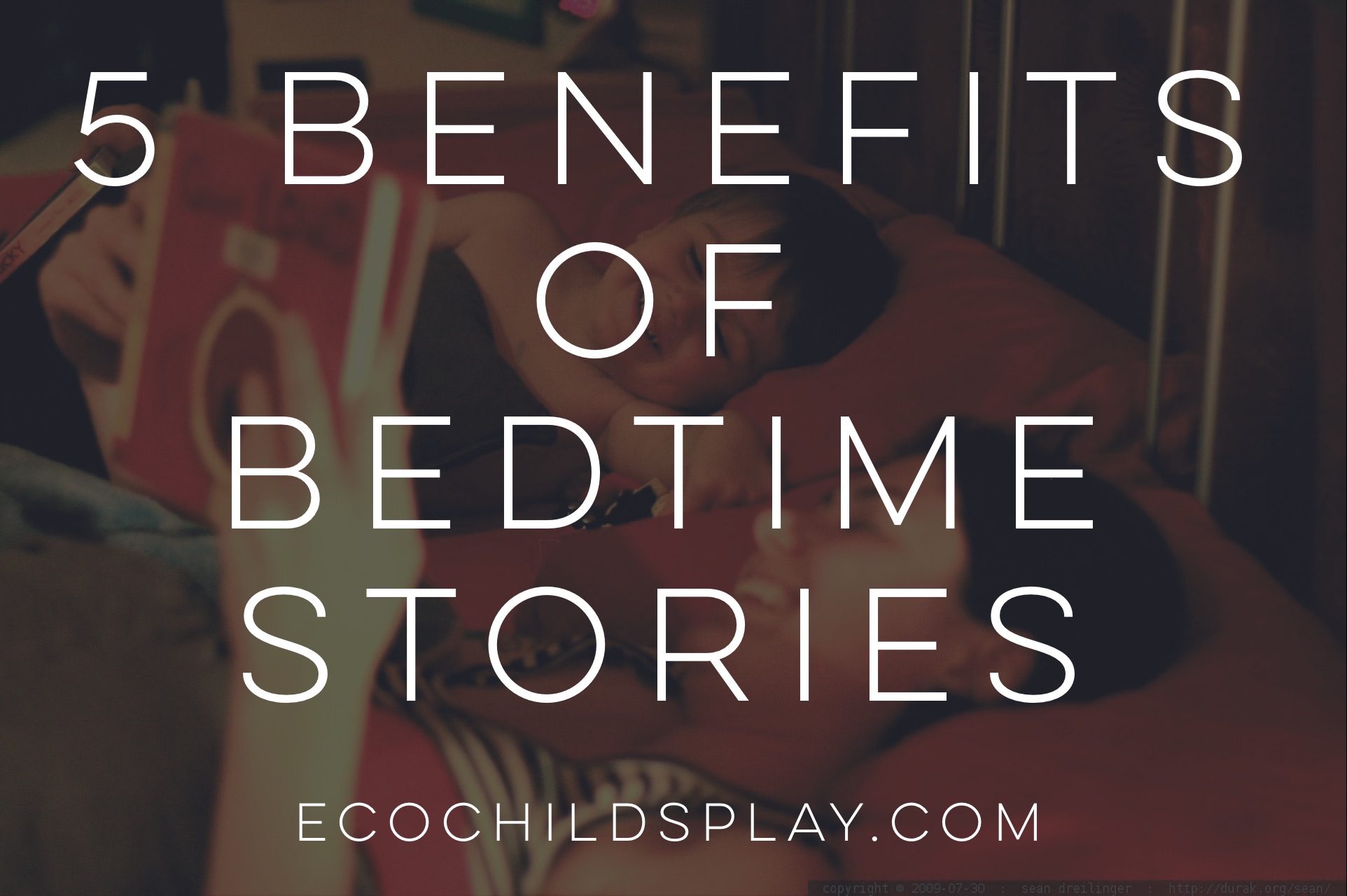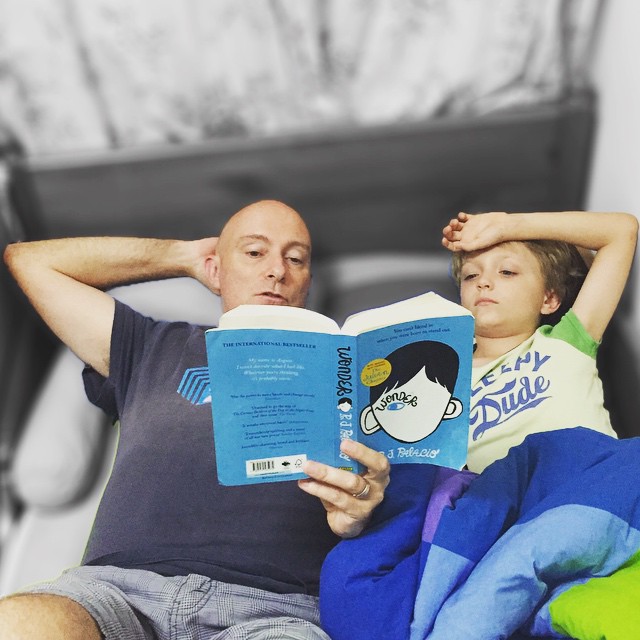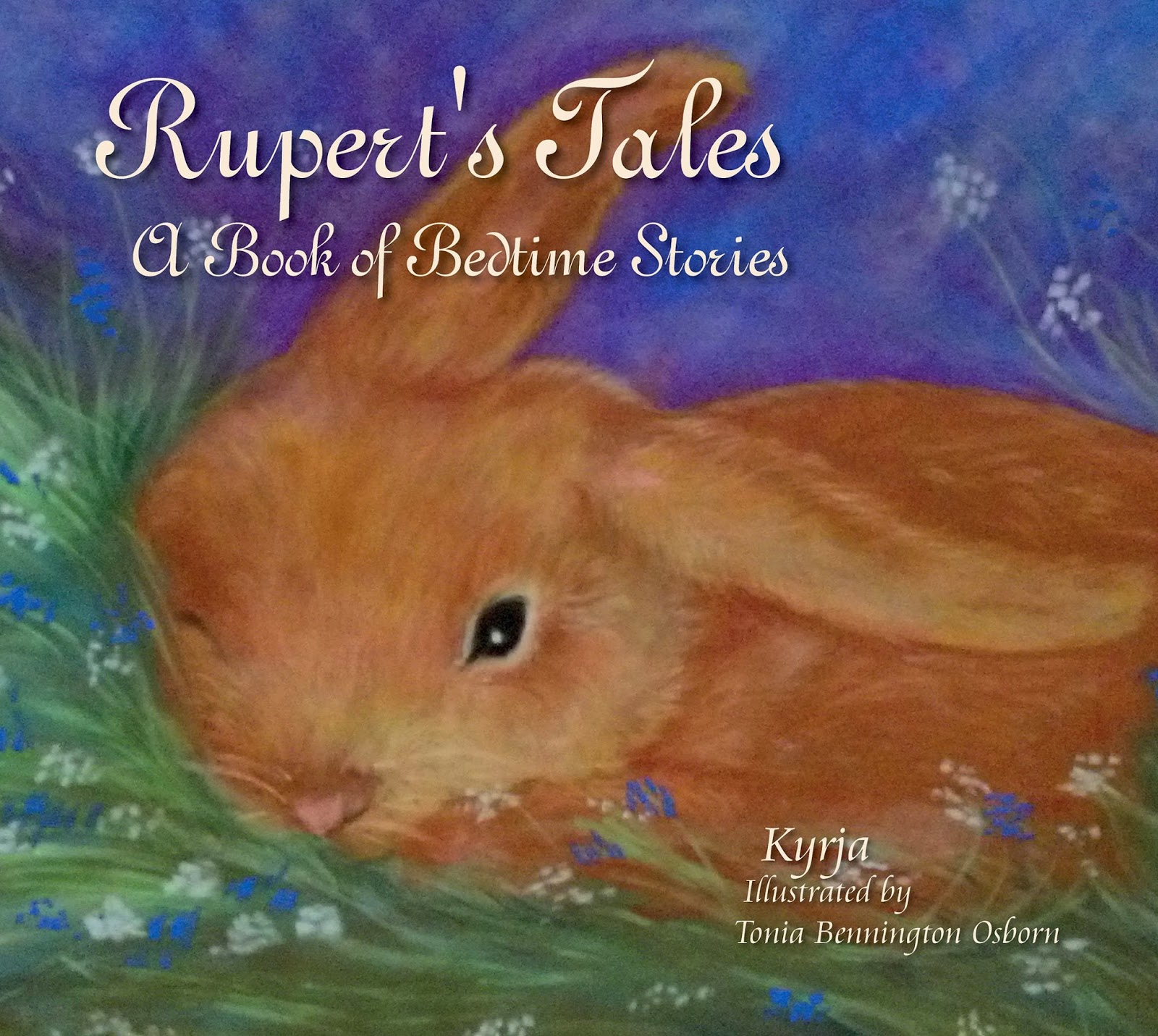 Photo credit: sean dreilinger via Foter.com / CC BY-NC-SA
Photo credit: sean dreilinger via Foter.com / CC BY-NC-SA
When you think back to your early childhood memories, do you remember bedtime stories? Do you remember snuggling with a loved one while imagining characters, places and plots of stories? This long held tradition has many advantages. Whether reading a story or telling one orally, the benefits of bedtime stories have been scientifically proven.
5 Benefits of Bedtime Stories
Benefits of bedtime stories #1: Create rituals and sleep routines
One of the struggles of parenting can be bedtime. Children need a lot of sleep (click here to find out just how much sleep), but often resist going to bed.
Child development experts agree that consistent bedtime routines make this time easier. Bedtime stories are a wonderful addition to bedtime routines. They fulfill the wants and needs of the child. WebMD explains:
Just as adults can’t go right from the busyness and activity of the day into sleep, neither can your child. She needs a transition to relax and settle down. “There should be no vigorous activity between a half hour and an hour before bedtime,” Jennifer Shu, MD, a pediatrician with Children’s Medical Group in Atlanta, says. Shu is also co-author of [amazon_link id=”1581108931″ target=”_blank” ]Heading Home with Your Newborn[/amazon_link].
[amazon_enhanced asin=”1581108931″ /]
Establish a Routine for Your Child’s BedtimeShu calls this the Four B’s: bath, brushing teeth, books. and bed. The routine should start somewhere between 30 minutes and an hour before you want your child to be asleep, she says.
It’s important that your child’s routine be predictable, Waldburger says. Do the same things in the same order. “Over time, just doing the routine will make a child sleepy,” she says.
And it works in reverse too. Soon, when your child feels tired, she will start asking for bath and books, Shu says.((http://www.webmd.com/parenting/guide/make-your-kids-bedtime-battle-free))
Chapter books provide an ongoing story that parent and child can look forward to sharing each night and finding out what happens next. If you share your enthusiasm for reading with your child, it will become contagious.
Photo credit: Max Sat via Foter.com / CC BY-NC-ND
Benefits of bedtime stories #2: A peaceful transition from day to night
Bedtime can be a hectic time, especially when both parents work full time and kids are busy with after school activities like sports. After dinner, then homework, bedtime can just be a time of nagging. “Take a bath! Brush your teeth!”…every parent has experienced the hectic bedtime. We know our kids need a lot of sleep, but some evenings there just isn’t enough time.
Even when the evening feels rushed and chaotic, slowing down to share a story before bed makes for a peaceful transition from waking to sleep. The story can end the long-ended ordeal or battle that sometimes ensues at bedtime. I’ve never read [amazon_link id=”1617750255″ target=”_blank” ]Go the F**k to Sleep[/amazon_link], but I think we can all relate to sentiment in the title. Thankfully a bedtime story can help, but you may have to limit how many stories!
 Photo credit: sean dreilinger via Foter.com / CC BY-NC-SA
Photo credit: sean dreilinger via Foter.com / CC BY-NC-SA
Benefits of bedtime stories #3: Help parents and children reconnect after busy, hectic days.
One of the reasons I loved co-sleeping with my children is it allowed us to reconnect in rest after our full days. Bedtimes story time provides a similar benefit. Time spent snuggling, winding down, reconnecting with language and stories is a great time to just check in with one another.
When children misbehave, such as when siblings fight a lot, really what they want is attention. Unfortunately, negative attention is easier to get than positive attention, hence the acting out. Creating a bedtime story routine ensures that before rest, your child will receive some positive attention.
Benefits of bedtime stories #4: Listening to stories helps language development
It’s amazing the difference in the amount of diverse language young children that are read to hear compared to their peers that experience only spoken conversational language. The New York Times reports:
We know that it is important that young children hear language, and that they need to hear it from people, not from screens. Unfortunately, there are serious disparities in how much language children hear — most famously demonstrated in a Kansas study that found poor children heard millions fewer words by age 3.
But it turns out that reading to — and with — young children may amplify the language they hear more than just talking. In August, Psychological Science reported on researchers who studied the language content of picture books. They put together a selection from teacher recommendations, Amazon best sellers, and other books that parents are likely to be reading at bedtime.
In comparing the language in books to the language used by parents talking to their children, the researchers found that the picture books contained more “unique word types.”
“Books contain a more diverse set of words than child-directed speech,” said the lead author, Jessica Montag, an assistant research psychologist at the University of California, Riverside. “This would suggest that children who are being read to by caregivers are hearing vocabulary words that kids who are not being read to are probably not hearing.”
So reading picture books with young children may mean that they hear more words, while at the same time, their brains practice creating the images associated with those words — and with the more complex sentences and rhymes that make up even simple stories.((http://well.blogs.nytimes.com/2015/08/17/bedtime-stories-for-young-brains/?_r=0))
Increased language and vocabulary development are early indicators that children will be more intelligent and find education and learning easeful. The British Psychological Society explains:
The bedtime story, or any form of shared book reading, has long been described as a vocabulary acquisition device (Ninio, 1983). More recently, studies have shown that children who start school with a larger vocabulary have a distinct advantage; and vocabulary is the best predictor of later reading comprehension (Biemiller, 2001; Whitehurst & Lonigan, 1998). In a long-term study, book reading in the home between the ages of one and three years was associated with reading comprehension at seven years (Wells, 1985).((https://thepsychologist.bps.org.uk/volume-21/edition-5/no-fairytalethe-benefits-bedtime-story))
Setting aside bedtime for reading, ensures this important language development activity occurs.
 Photo credit: klbeasley via Foter.com / CC BY-NC
Photo credit: klbeasley via Foter.com / CC BY-NC
Benefits of bedtime stories #4: Bedtime stories increase activity in the parietal-temporal-occipital association cortex left hemisphere of the brain
Researchers have discovered neurological support for the benefits of bedtime stories. According to The New York Times:
This month, the journal Pediatrics published a study that used functional magnetic resonance imaging to study brain activity in 3-to 5-year-old children as they listened to age-appropriate stories. The researchers found differences in brain activation according to how much the children had been read to at home.
Children whose parents reported more reading at home and more books in the home showed significantly greater activation of brain areas in a region of the left hemisphere called the parietal-temporal-occipital association cortex. This brain area is “a watershed region, all about multisensory integration, integrating sound and then visual stimulation,” said the lead author, Dr. John S. Hutton, a clinical research fellow at Cincinnati Children’s Hospital Medical Center.
This region of the brain is known to be very active when older children read to themselves, but Dr. Hutton notes that it also lights up when younger children are hearing stories. What was especially novel was that children who were exposed to more books and home reading showed significantly more activity in the areas of the brain that process visual association, even though the child was in the scanner just listening to a story and could not see any pictures.((http://well.blogs.nytimes.com/2015/08/17/bedtime-stories-for-young-brains/?_r=0))

We were sent a book that honors that age old tradition of the bedtime story. Rupert’s Tales: A Book of Bedtime Stories
is a loveable story written well with rhyming text.
An enchanting collection of four rhyming bedtime stories, children will be encouraged to discover new ways of exploring and directing dreamtime that comes naturally from their minds and hearts. Meet the very tired and hungry Brody the bat who helps Rupert learn about going to sleep, and a colorful dragon that knows all about dreaming. Merissa the Mermaid and Flora the Frog are the perfect duo to talk about sending bad dreams away and the Guardian of Dreams is there to protect dreamers as they sleep. Inspiration for reluctant and eager sleepers alike can be found in this assortment of charming, creative tales. Stories come to life with 40 delightfully vibrant pastel illustrations that complement creative concepts, influencing the direction and content of children’s dreams—something sure to please the adventurous spirit of every child!
Rhyming is an important early literacy phonological skill. It is predictive of later reading success. Reading rhyming bedtime stories adds another benefit to the ritual.
Many rhyming texts can seem awkward as authors try to force the rhyme. That is not the case with Rupert’s Tales: A Book of Bedtime Stories. The text reads and flows beautifully.
Sometimes both my child and I are too tired for our bedtime stories. After researching these benefits of bedtime stories, I think we will skip the story less often.
Oral storytelling is also great at bedtime. Family history, creative stories, and making up stories together is fun!
My own bedtime routine involves reading before bed. I wonder if this ritual stems from early bedtime stories? The benefits of bedtime stories last a lifetime!

Leave a Reply